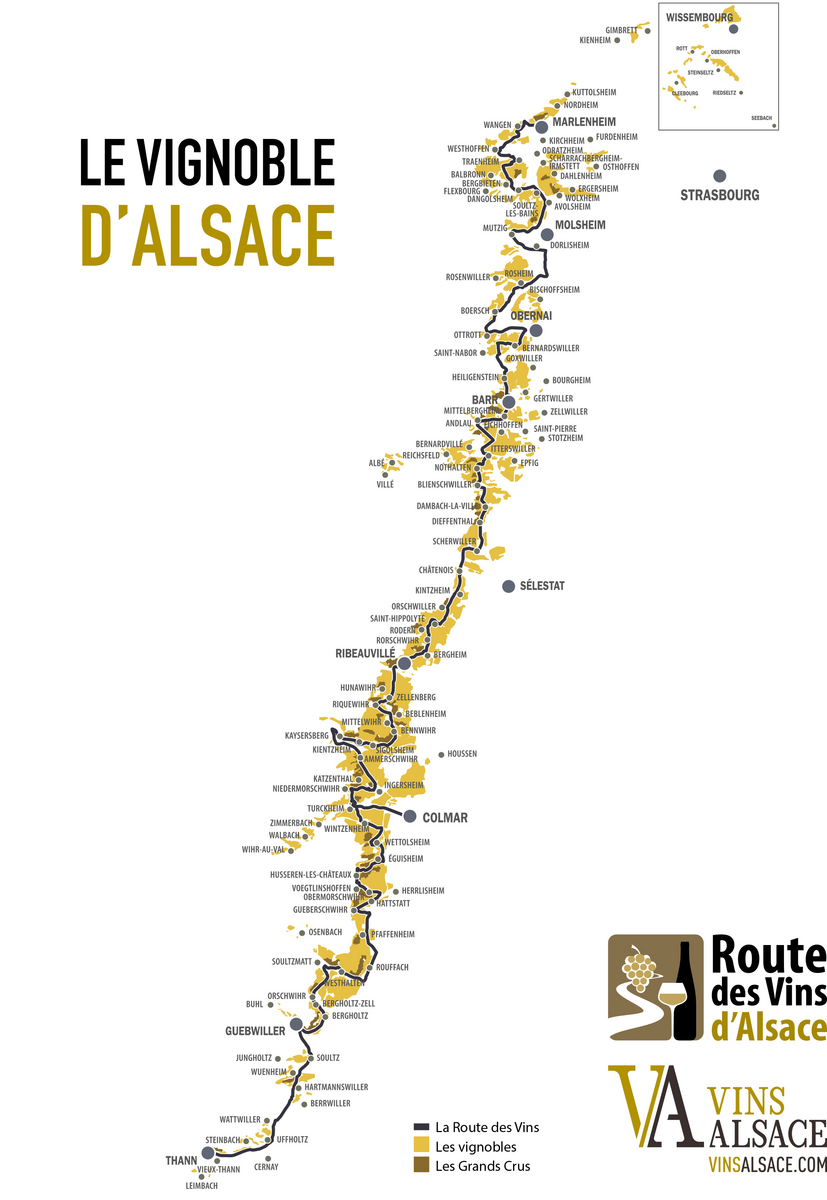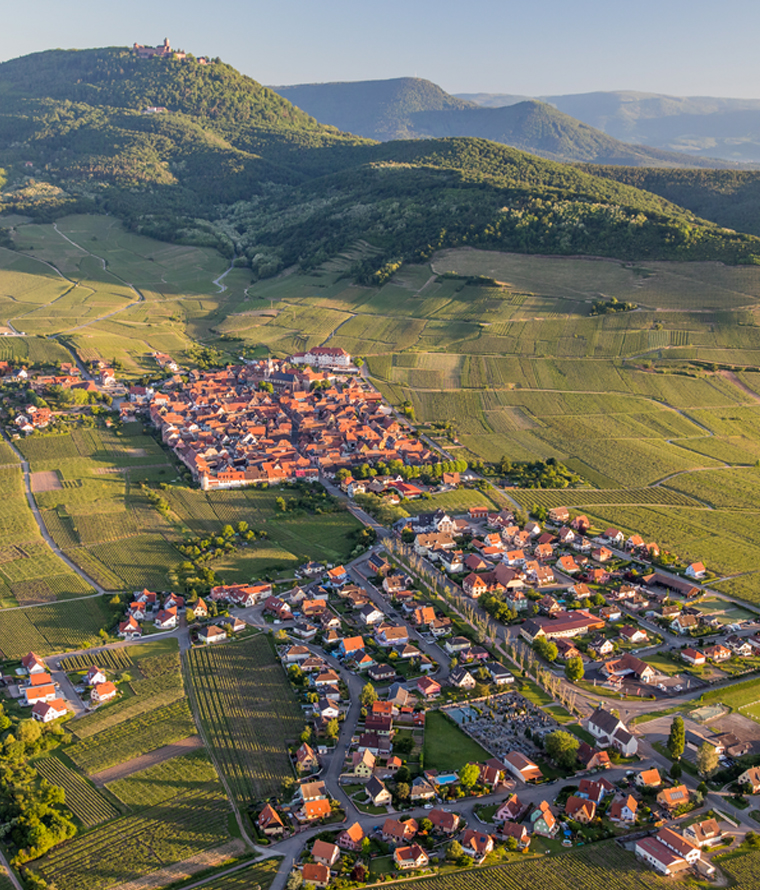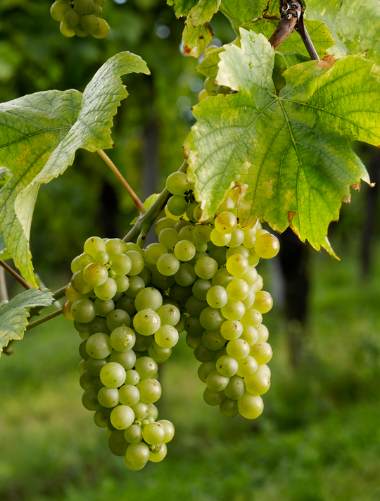Alsace vineyards
The beginning of vines in Alsace
The development of viticulture in Alsace
At the beginning of the 13th century, there were already around a hundred wine-growing villages, a number that increased to 170 by the 14th century. This expansion continued uninterrupted until the 16th century, reaching its peak during this period. The Renaissance-style houses present in many communes bear witness to prosperity, with Alsace wines exported throughout Europe via waterways such as the Ill and the Rhine. Strict regulations on grape varieties, cultivation, and winemaking emerged, reflecting the desire to promote quality viticulture.
The Thirty Years’ War in the 17th century led to a temporary decline, but the wine-growing towns of the Vosges hills quickly rebuilt. The period of the Revolution saw the emergence of problems, with the nationalization of land leading to significant consequences for the structure of the vineyards in Alsace. Despite the royal edict of 1731 attempting to restore order, overproduction became a concern, fueled by the mass production of wines during the Napoleonic era.
The vineyards of Alsace in all splendor
Alsace Vineyard Map





